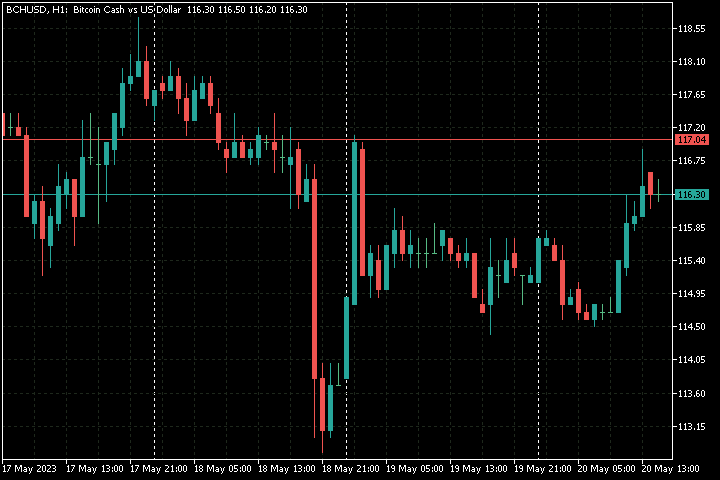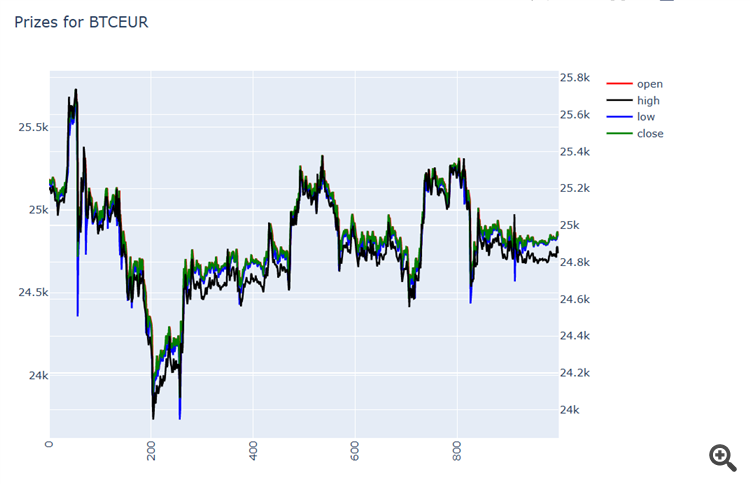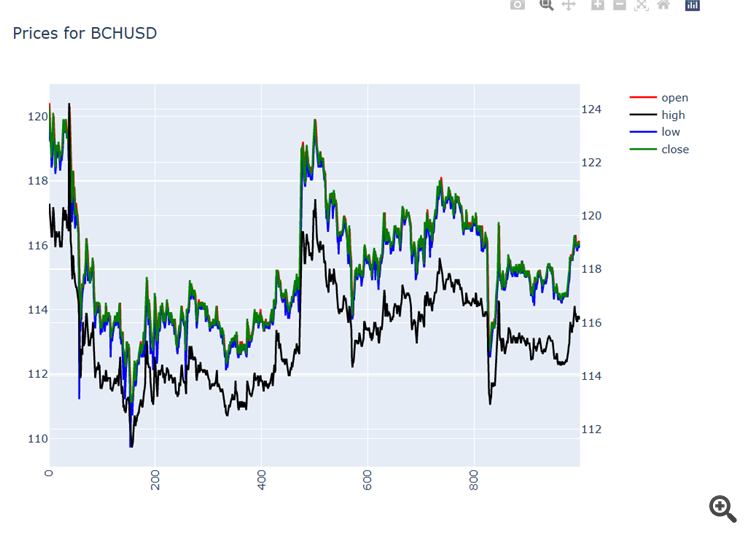Please don't post randomly in any section. Your topic has been moved to the section: Expert Advisors and Automated Trading
sorry ... I thought this was a general question.
Then no one can help you. You will have to fix your own code. If you are not able to debug your own code, then I don't think you should be writing an article at this point.
I doubt, that there is any problem with the data, as I use the same broker and symbol myself. Something else is wrong, and 99% percent of the time, it is one's own code.
EDIT2: By the way, in English, it is "Prices" ("Precios"), not "*Prizes" ("Premios")
Also, tick data does not have OHLC prices. Only bar data has OHLC prices. Tick data can only have Ask, Bid (and Last prices for some symbols, like futures).
I doubt, that there is any problem with the data, as I use the same broker and symbol myself. Something else is wrong, and 99% percent of the time, it is one's own code.
def ML(symbol): data3=[] data3 =pd.DataFrame( mt5.copy_rates_from_pos(symbol, mt5.TIMEFRAME_M15, 0, tpd)) data_raw=data3 .... return variacion, diferencia_en_porcentaje, diferencia, data3, data_raw .... variacion, diferencia_en_porcentaje, diferencia, data3, data_raw = ML(symbol) .... data=data_raw import plotly.graph_objects as go from plotly.subplots import make_subplots df = data longitud=np.arange(len(df)) trace1 = go.Scatter( x =longitud, y = df['open'], name='open', marker=dict( color='red' ) ) trace2 = go.Scatter( x =longitud, y = df['high'], name='high', marker=dict( color='black' ) ) trace3 = go.Scatter( x = longitud, y = df['low'], name='low', marker=dict( color='blue' ) ) trace4 = go.Scatter( x = longitud, y = df['close'], name='close', marker=dict( color='green' ) ) fig = make_subplots(specs=[[{"secondary_y": True}]]) fig.add_trace(trace1) fig.add_trace(trace2,secondary_y=True) fig.add_trace(trace3) fig.add_trace(trace4) fig['layout'].update(height = 600, width = 800, title = symbol,xaxis=dict( tickangle=-90 )) fig.update_layout( title = 'Prizes for '+str(symbol), xaxis_tickformat = '%d %B (%a)<br>%Y' ) fig.show()
well ... don't know why the high is not showing propperly
eaven more straight foreguard
longitud=np.arange(len(data_raw)) trace1 = go.Scatter( x =longitud, y = data_raw['open'], name='open', marker=dict( color='red' ) ) trace2 = go.Scatter( x =longitud, y = data_raw['high'], name='high', marker=dict( color='black' ) ) trace3 = go.Scatter( x = longitud, y = data_raw['low'], name='low', marker=dict( color='blue' ) ) trace4 = go.Scatter( x = longitud, y = data_raw['close'], name='close', marker=dict( color='green' ) ) fig = make_subplots(specs=[[{"secondary_y": True}]]) fig.add_trace(trace1) fig.add_trace(trace2,secondary_y=True) fig.add_trace(trace3) fig.add_trace(trace4) fig['layout'].update(height = 600, width = 800, title = symbol,xaxis=dict( tickangle=-90 )) fig.update_layout( title = 'Prices for '+str(symbol), xaxis_tickformat = '%d %B (%a)<br>%Y' ) fig.show()
- Free trading apps
- Over 8,000 signals for copying
- Economic news for exploring financial markets
You agree to website policy and terms of use



hi
I'm getting data from mt5 (robomarkets (RoboForex))
and the data is shown here:
in the last 1000 ticks ... the high has only been higher a few times
why am I getting theese results?
this is what I use: mt5 with python